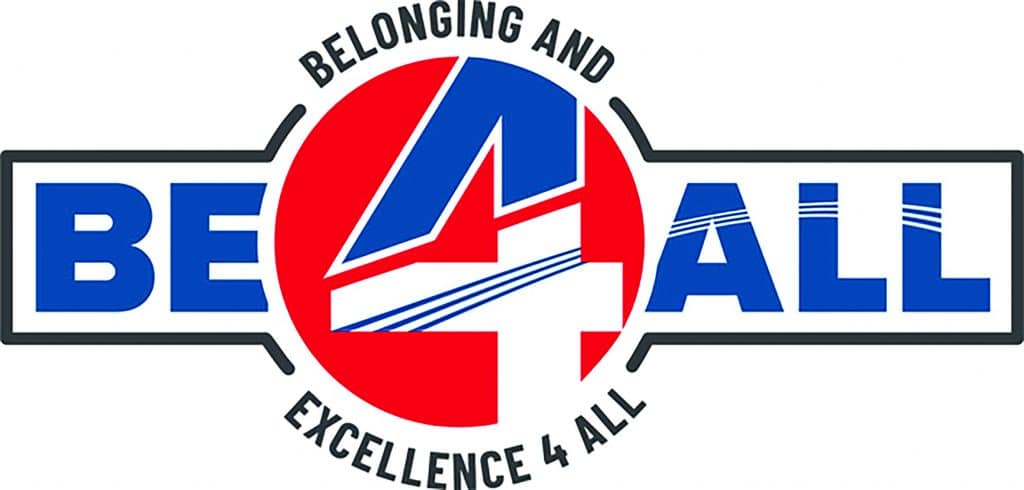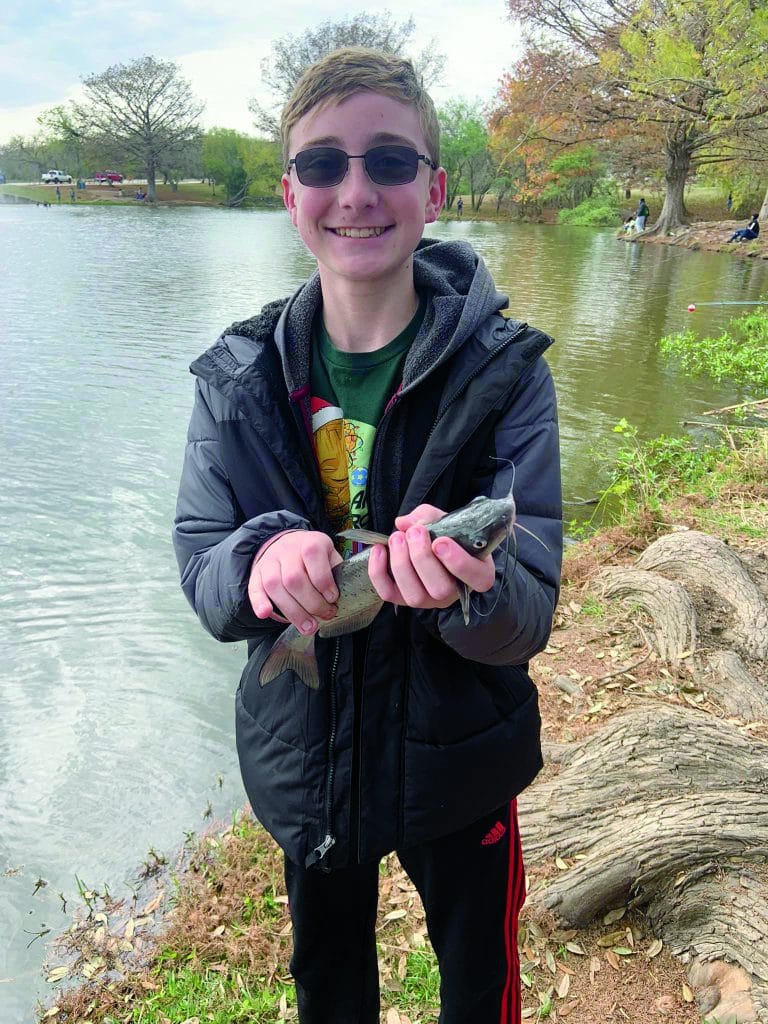SMART launched its brandnew website, smart-union. org, in February 2022, providing members with a revamped online hub for news, resources and up-to-date, personalized information — including the Sheet Metal Job Bank, Transportation Division employment opportunities, safety reports and more.
By rebuilding its website, SMART aims to meet the needs of union members and their families, as well as potential future members and other website visitors, with a userfriendly experience that presents valuable information in an easy-tonavigate format. Clearly marked sections of the new site provide information on what SMART is, the history of our union, how and why to join SMART, policy priorities, resources for union and nonunion workers alike, an action center for members and a variety of additional materials — delivering a comprehensive overview on how our union is fighting for working families across North America.
Most importantly, the website’s overhauled Member Portal is a one-stop shop for a range of information that SMART members will find useful, from pension benefit updates and personalized news, to job postings and video messages from the general president. Instructions on how to log into the Member Portal are below:
Sheet metal member instructions
Visit the Member Portal page (smartunion.org/members and enter your preferred email address, IA Number (number on your dues receipt) and the last four digits of your Social Security number to verify your membership. (Please note: If your Social Security number is not on file with the union, you will not be able to log in. To get that information placed on file, contact either your local financial secretary-treasurer or SMART International Headquarters in Washington, D.C. at 202-662-0800
You can also email info@smartunion.org. You will then be prompted to create a personal password of at least 12 characters for future logins.
Once complete, you will receive an email confirming your registration with a link in the body of the message. After visiting that link, your account will be activated and verified, and you will be able to explore and customize those union resources that are most important for you.
TD member instructions
Visit the Member Portal page (smart-union.org/members) and enter your preferred email address, the number of your TD local (if the local number is below 1000, the lead zeroes are optional) and the last four digits of your Social Security number to verify your membership. (Please note: If your Social Security number is not on file with the union, you will not be able to log in. To get that information placed on file, contact either your local secretary or the Transportation Division office in Cleveland at 216-228-9400.
You will then be prompted to create a personal password of at least 12 characters to log in in the future.
Once complete, you will receive an email confirming your registration with a link in the body of the message. After visiting that link, your account will be activated and verified, and you will be able to explore and customize those union resources that are most important for you.
Customize your experience
Depending on your craft, role and degree of involvement in your union, numerous resources are available for sheet metal and TD members alike to customize your website experience in the Member Portal. On your first few visits, take the time to browse through or search the index of informational resources provided — by doing so, you can select your favorites, which will then be accessible for you every time you visit the portal. Available categories of resources include: financial, educational, retirement, recruitment, leadership, benefits, health, legal, safety, community and many more. Choose those categories that mean the most to you, and they will be readily available and up to date whenever you log in. If you don’t find a resource you are looking for, contact the SMART Communications Department, and your suggestion will be considered!
The new website is ready for you to explore — visit smart-union.org to get started.










